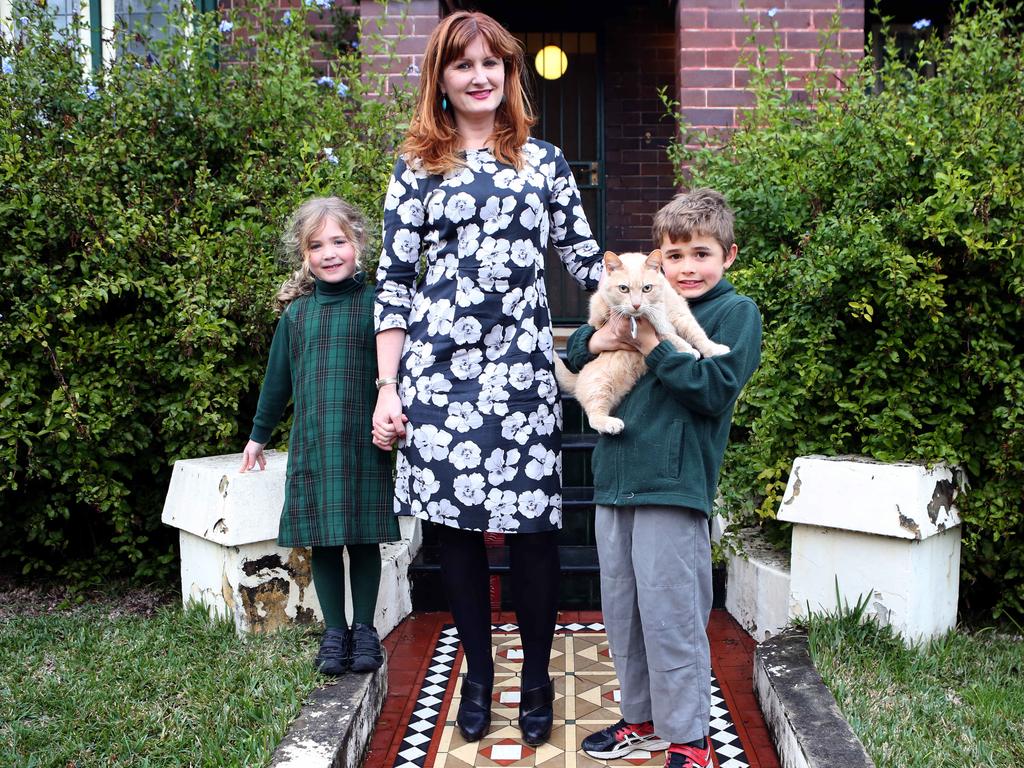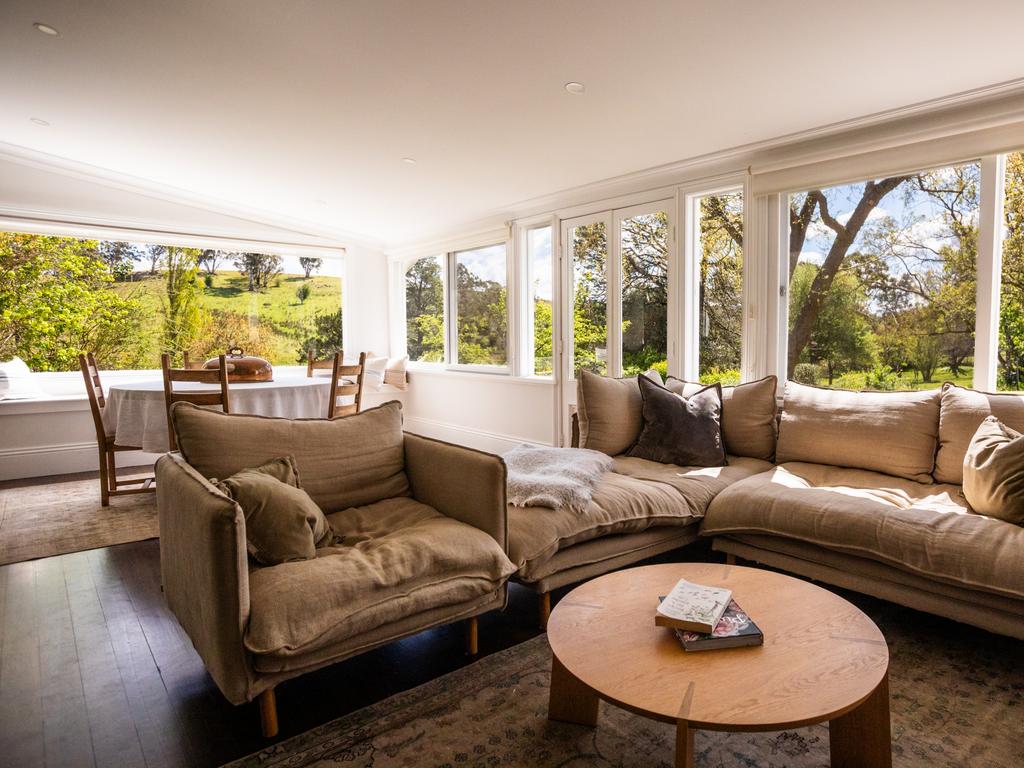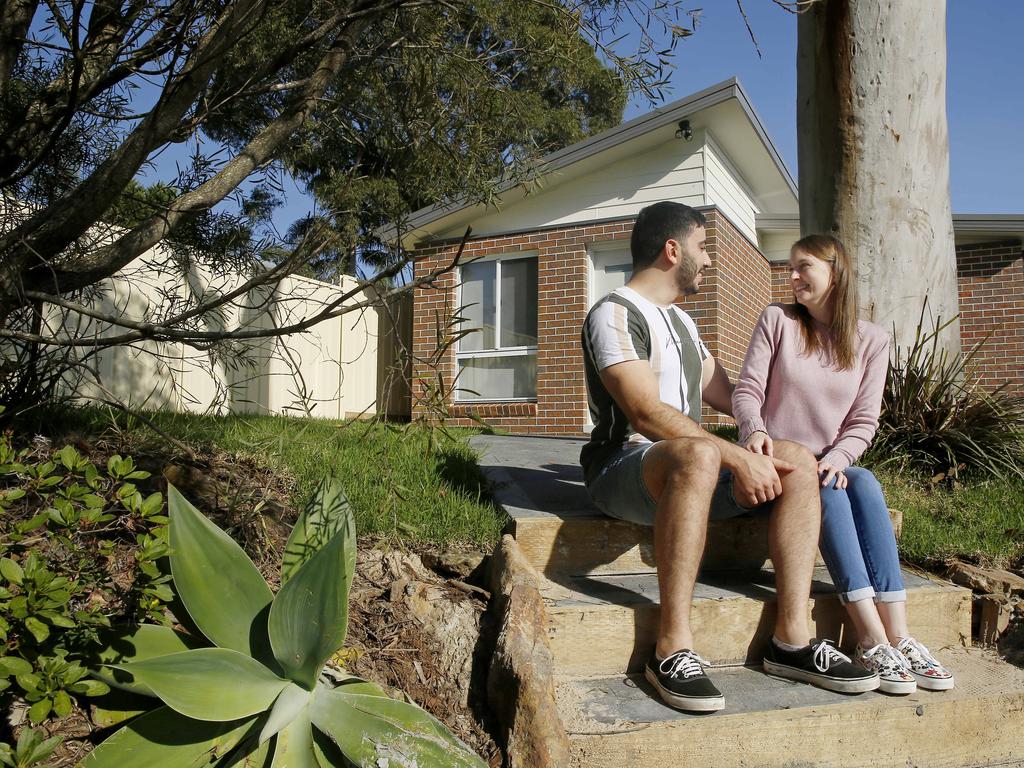How the ‘sandwich generation’ is changing the way we live
The housing crisis has created ‘the sandwich generation’ and it’s having a profound impact on the way many Aussies live their lives.

Despite higher interest rates and cost-of-living pressures, there are a lot of first home buyers in the marketplace across Australia.
Latest data from the Australian Bureau of Statistics shows first home buyers represented 28 per cent of new owner-occupied lending in September, which is well above the 10-year average of 24.9 per cent.
So, why are there more of these predominantly younger, budget-conscious buyers in the market when affordability is challenging in many areas and it’s hard to get a home loan?
RELATED: Bleak outlook as Aussie city hits 14-year-low

As we discuss in the McGrath Report 2025, tapping into a supportive network of parents, family and friends is increasingly becoming a pathway to home ownership, and this is leading to changes in preferred dwelling types and city planning.
An October 2023 survey by Finder found 7 per cent of Australians had either moved back home with their parents, or were a parent who had had an adult child return home in the previous 12 months. Among this group of people, 30 per cent did so to save money for a deposit.
This finding is supported by a March 2023 report by the Australian Housing and Urban Research Institute that found 9 per cent of Sydneysiders aged 25-34 years are now living, or intend to live, with parents or other family members as a financial strategy for purchasing a home.
Research by CoreLogic and ANZ shows it now takes home buyers, on average, 10 years to save a deposit for the great Australian dream.
Dipping into the Bank of Mum and Dad appears to be an important piggyback to home ownership, with 45 per cent of recent home buyers receiving financial assistance from family to purchase their first home, according to a Helia survey.
High housing costs have resulted in fewer young adult children leaving the family home by their 30th birthday.
MORE: Bizarre story behind Sydney’s ‘cheapest waterfront’

In 2021, 54.3 per cent of men and 46.7 per cent of women were still living with their parents at this age, compared to 46.6 per cent of men and 35.9 per cent of women 20 years earlier, according to the Melbourne Institute.
As a result, many families are preferring larger homes with multiple living areas, ahead of modest homes, and they’re holding these homes for a longer period.
We’re also seeing the shape of the home change, with a move away from open plan living to having more separate rooms. This allows family members to work and relax in their own private spaces.
Multi-generational household formation is also being driven by the ‘sandwich generation’ welcoming the care of older relatives into their family homes. With an ageing population, these types of living arrangements are likely to intensify in the coming years.
At the same time as more families are living together in the suburbs, governments are working to enhance the liveability of these areas.
MORE: Packer’s ex’s dramatic $4.1m lifestyle change

Under the Thriving Suburbs Program, the Federal Government is investing $350 million over the next three years towards driving local economic prosperity by building community-focused infrastructure throughout new and outer suburbs of Australia.
This complements the $150 million Precincts and Partnerships Program aimed at unifying urban places, growing economies and serving communities, alongside the previously signed City Deals commitments.
Self-contained secondary dwellings are an emerging solution for homeowners looking after the generations either before or after them, and who also want to increase the value of their properties.
States across Australia are encouraging secondary dwellings as an immediate and cost-effective opportunity to deliver necessary new housing supply.
This could be in the form of a ‘Fonzie’ flat, often found above an existing structure like a garage, or the traditional granny flat, which is typically located as a detached dwelling in the backyard.
MORE: Block auctioneer: I’m done with the show

A study by CoreLogic, Archistar and Blackfort has highlighted the growing development opportunities for 655,792 new granny flats in suburbs across Sydney, Melbourne and Brisbane.
The ideal granny flat was defined as a two-bedroom self-contained dwelling with one bathroom and an internal space of more than 60 sqm.
The most development opportunities for granny flats were found in Sydney (242,081 potential sites), followed by Melbourne (229,051) and Brisbane (184,660).
Young people living at home longer, multi-generational living, and having a granny flat out the back are all rising trends that we expect to grow due to affordability constraints.
MORE: Huge mistakes trapping naive homebuyers
Originally published as How the ‘sandwich generation’ is changing the way we live



